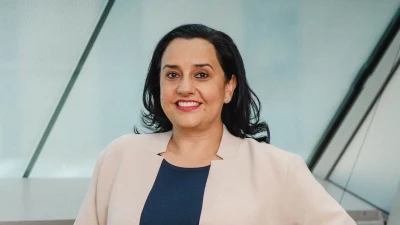ETFs not ideal for all allocation aspects, says S&P
Although exchange-traded funds (ETFs) have been gaining significant traction ever since the global financial crisis, investors should be fully aware of their capabilities as an investment.
That is the view supported by the research house Standard & Poor’s Fund Services (S&P) in its latest report entitled ‘Exchange-Traded Funds Increasingly Popular in the Australian Market’.
The report claimed the current array of ETFs available on the Australian Securities Exchange was cost effective, transparent and efficient to transact, but warned investors should be aware that ETFs “do not necessarily provide investment solutions for all allocation aspects of portfolio construction, [such as] currency hedging or foreign equity exposures”.
S&P’s wealth management director, Jeff Mitchell, said investors needed to educate themselves and be fully aware of the potential role of ETFs in portfolio construction.
“It is important to remember that ETFs are not all the same due to structural differences in their construction,” Mitchell said. “However, for investors who want to passively invest, ETFs can prove an attractive option if they accord with the investor’s allocation strategy,” he added.
Exchange-traded funds have been part of the listed securities landscape in Australia for almost a decade, but with a very limited range, the report stated.
However, the report said, the broader range and lower cost of ETFs is seeing them gain popularity and begin to take a larger share of the passive strategy allocation.
Recommended for you
Insignia Financial has reported net inflows of $448 million into its asset management division in the latest quarter, as well as popularity from advisers for its MLC managed accounts.
Two Australian active fund managers have been singled out by Morningstar for their ability to achieve consistent performance and share price growth in the past 12 months.
Pinnacle Investment Management has expanded its private market coverage, forging a strategic partnership with a private markets manager via a 13 per cent stake acquisition.
Active fund managers without a strong distribution platform will be “left behind”, believes Magellan, as it pivots its business away from being a traditional asset manager.











